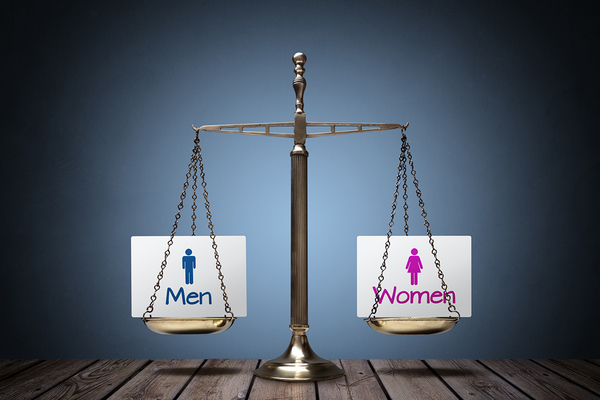You are viewing 1 of your 1 free articles
We must arrest the slide on gender pay
One year ago Inside Housing reported on the housing sector’s significant gender pay gap after major employers were forced to reveal details for the first time.
Back then, following conversations with various organisations, we summed up the response with the words: “the housing sector has pledged to tackle its gender pay gap”.
So what happened next – or, rather, what didn’t happen next?
This week we publish www.insidehousing.co.uk/insight/60959">analysis of 43 of the largest housing associations in the sector. In just over half of the organisations – 22 out of 43 – the median gender pay gap had actually widened in favour of men. When you factor in the organisations in which there was no change, that leaves 41% in which the shift had been in favour of women. The proportion of women in the top pay quartile – the highest-paid employees – fell year-on-year at 23 of the 43 associations with comparable figures.
If that’s what happens when people have pledged to tackle the gender pay gap, where on Earth would we be if they hadn’t? In terms of progress, it is on a par with the Brexit negotiations.
To hammer home the point, the biggest associations are collectively performing less well than other sectors.
Last year the Equality and Human Rights Commission (EHRC) reported that 77% of all organisations subject to regulation last year had a pay gap in favour of men and 14% in favour of women.
Of the associations we surveyed, 80% had a gap in favour of men, with 13% in favour of women.
The same EHRC report also suggested how these gaps can perpetuate inequality in individual organisations, with its survey of employees finding that 60% of women would be more likely to apply for a job with an employer with a lower pay gap. Fifty-six per cent of women said that working at an organisation with a gender pay gap would reduce how motivated they felt in their role.
So, what can be done? The EHRC sets out a number of excellent recommendations, which I’d suggest every reader looks at, in its Closing the Gender Pay Gap report.
It is worth stressing that one of those recommendations is that employers should publish a narrative report alongside their figures, setting out the reasons for any gaps and also to explain what they intend to do about them in action plans with firm targets and timescales.
From Inside Housing’s point of view, we will scrutinise these reports where they exist, to start to get a firmer picture of the commitments the sector is making and over what time period we can expect change. If there are gaps or vague commitments we will flag them and ask why. As associations are being outperformed by other sectors we will also increasingly look to the wider world for examples of replicable practice.
As Terrie Alafat, chief executive of the Chartered Institute of Housing, put it this week, current performance is “just not good enough”. She’s right. It’s time to push for action rather than a pledge to change.
Martin Hilditch, editor, Inside Housing
www.insidehousing.co.uk/insight/60959">Click here for our full analysis of gender pay gap data from 47 associations
Inclusive Futures
Inside Housing’s Inclusive Futures campaign aims to promote and celebrate diversity and inclusion.
We are pledging to publish diversity audits of our own coverage.
We are also committed to proactively promoting positive role models.
We will do this through the pages of Inside Housing. But we will also seek to support other publications and events organisations to be more inclusive.
Our Inclusive Futures Bureau will provide a database of speakers and commentators from all backgrounds, for use by all media organisations.
We are also challenging readers to take five clear steps to promote diversity, informed by the Chartered Institute of Housing’s diversity commission and the Leadership 2025 project.
THE INCLUSIVE FUTURES CHALLENGE
Inside Housing calls on organisations to sign up to an inclusive future by taking five steps:
Prioritise diversity and inclusion at the top: commitment and persistence from chief executives, directors and chairs in setting goals and monitoring progress.
Collect data on the diversity of your board, leadership and total workforce and publish annually with your annual report. Consider gender, ethnicity, disability, sexuality, age, and representation of tenants on the board.
Set aspirational targets for recruitment to the executive team, board and committees from under-represented groups.
Challenge recruiting staff and agencies to ensure that all shortlists include candidates from under-represented groups.
Make diversity and inclusion a core theme in your talent management strategy to ensure you support people from under-represented groups to progress their careers.













